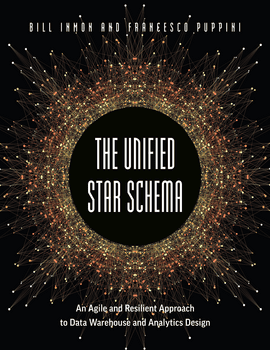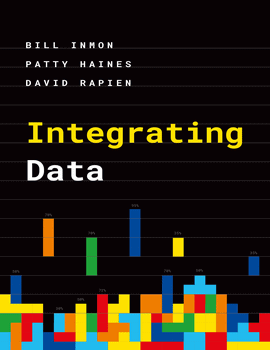Bill Inmon is a legend who continues to shape our field
"Father of the Data Warehouse"
Author of 60 books published in 9 languages
ComputerWorld: 1 of 10 most influential in the computer profession
Latest adventure: Data Lakehouses and Textual ETL
Bill became a programmer in 1965. There weren’t many programmers, and Bill had taken a college programming course, which qualified him as an expert in that day and age. Bill worked for a number of companies. One day he got so frustrated with how a company ran that he sat down and wrote a book explaining to himself how decisions should have been made. Bill had never before written anything in his life. When he finished the book, he almost burned it in his fireplace. But he decided that the worst that anyone could do was to tell him that the book was awful. So he submitted it to several publishers. He actually got offers to publish from five well-known publishers. He chose Prentice Hall. And the book, Effective Data Base Design, went on to sell many copies.
Bill discovered that he had more to say, about a lot of things. Soon Bill was writing books quickly. It would be normal to have three books in different states of progress at the same time. Bill also was a journalist writing regularly for journals such as ComputerWorld. Bill used his journalistic adventures to try out new ideas. One new idea for Bill was that analytical processing should be separate from transactional processing. When Bill introduced this idea, the world exploded because this was completely contrary to conventional wisdom. But Bill thought he was right and wrote the book, Building the Data Warehouse. To everyone’s surprise (mostly Bill’s surprise), the book hit a nerve and took off like a rocket. It was translated into nine languages and sold collectively around the world over 500,000 copies. It is still selling today.
Then one day Bill realized that there is a lot of text in the world. In fact, MOST valuable information is wrapped up in text. But when information is wrapped up in text, it is very difficult to be used in the decision-making of the corporation. Why is that and what can be done? Bill studied NLP but decided that NLP was not the solution. So Bill built textual ETL. Textual ETL reads common language and turns the language into a database where it can be analyzed by the computer. And textual ETL operates in a fast, simple, and inexpensive manner. It took Bill a long time to figure out how to do this because text is grossly complex.









